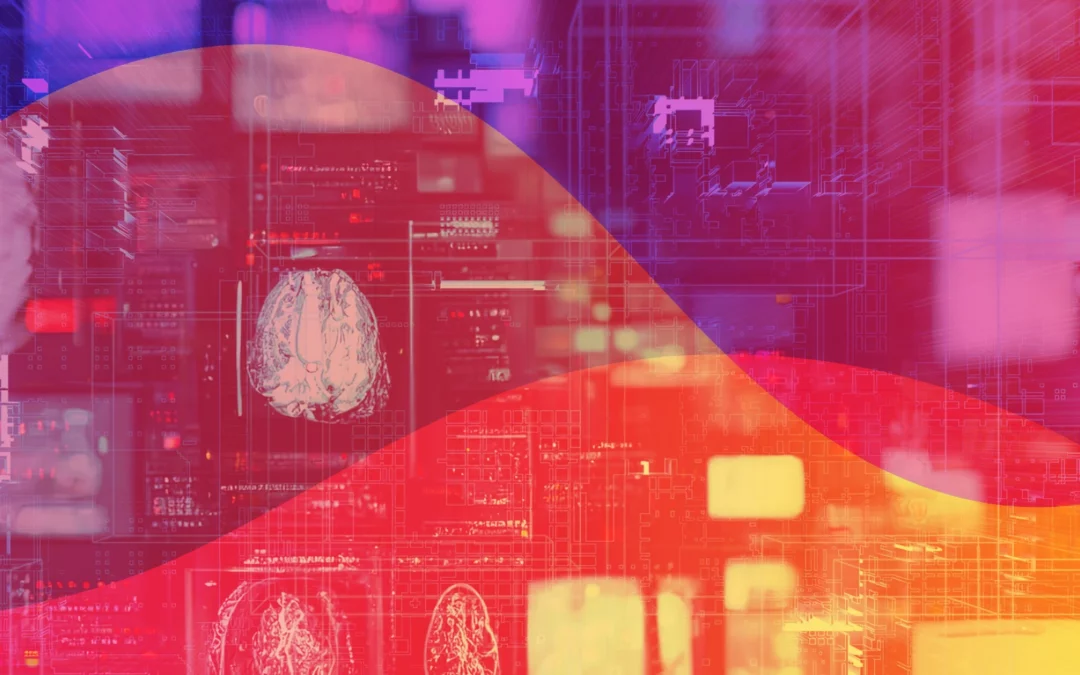Artificial intelligence and related machine learning have a new and growing role in improving access to and the delivery of healthcare. Both the patient and healthcare staff benefit. Progress made its first leap in 2021, when Statista valued the AI healthcare market at $11 billion. Now AI apps in healthcare are really taking off, with spending projected to grow to $187 billion by 2030.
Here are some examples already in place where AI is improving healthcare access and delivery—from the first patient interactions, through diagnosis and treatment, and concluding with claims administration:
- Reduced staff burnout. Much has been said about how AI can reduce the charting pressure on doctors. But burnout comes from more than excessive paperwork. Doctors are being forced to take on higher patient loads, making health systems seem impersonal. In these pressure situations, AI learning already is helping doctors avoid mistakes and optimize time with patients, reducing stress and elongating their careers while continuing to make care accessible.
- More accurate claims and better payment adherence. Claim adjudication can be one of the biggest headaches in healthcare delivery. AI’s self-learning software already is being used in conjunction with optical character recognition to automate and streamline claim processing, including prior authorization. The benefits include reduced human errors, fewer claim denials, faster payments, and operational efficiency.
- Scheduling. AI-powered chatbots and other interfaces work as virtual nurses, answering questions about medications and scheduling visits, particularly in the middle of the night when staffing of helplines is low.
- Diagnostics. Medical diagnostics is the process of evaluating medical conditions or diseases by analyzing symptoms, medical history, and test results. AI algorithms already are scanning large amounts of patient data (bio-signals, demographic information, medical history, and lab results) to crank out decision support and predictive modeling for patient care decisions based on more data than a doctor’s brain can assimilate. The need for intervention is detected earlier, with better outcomes, thus speeding access to proper care. As one critical example, doctors already are using AI to scan X-rays for hard-to-detect abnormalities. Leaders in the diagnostic segment currently are DeepQA, IBM’s Watson, and Google’s DeepMind.
- More accessible care discussions. Nurses and doctors often are challenged to communicate with non-English speaking patients or patients with learning difficulties. AI functions, like natural language processing and speech recognition, can be combined with real-time translation apps to offer treatment recommendations and other communications that are better understood and adopted by these patients, leading to better adherence and outcomes.
- Better care monitoring. Half of all medication prescriptions are not taken as prescribed. Artificial Intelligence is ready to improve this statistic. Using AI, insulin monitors can be linked via Wi-Fi routers to flag errors in insulin dosage (70% of patients don’t take insulin as prescribed). AI monitors help avoid forgetfulness and motivate compliance through just-in-time health literacy, making care more accessible for ongoing treatments.
- More accurate and safer surgical treatment. AI-enabled robots are starting to perform delicate surgeries that go beyond da Vinci-robotics that are human led, in ways that reduce blood loss, infection, and post-surgery pain. In a matter of seconds, a quantum AI-based surgical system can learn techniques and identify microscopic differences that take a human surgeon a lifetime to incorporate. This brings complex surgical techniques to broader care settings, increasing access beyond specialty centers.
“These innovations move healthcare toward the ‘triple aim’ of improving population health, improving the patient experience, and reducing costs,” says Dave Dyell, managing partner of Innovative Consulting Group. “The upshot is that clinicians and patients have more access to each other while providers are freed from distractions like paperwork, administrative hassles, and even treatment errors.”
All of this said, the AI advances are not without their challenges. Because this technology is new, many patients fear their health is being put into the hands of a machine. Others are concerned about AI exhibiting potential race and ethnicity bias. Perhaps the biggest hurdles are around privacy. Patients understandably want control over the use of their health information and are calling for safeguards around sharing personal, case-specific information that may be used to deny employment or credit or cause personal embarrassment.
AI regulation is as new as AI applications. Both are developing hand in hand, but the benefits of AI in healthcare access and delivery can and will coexist with the responsible use of personal data.

